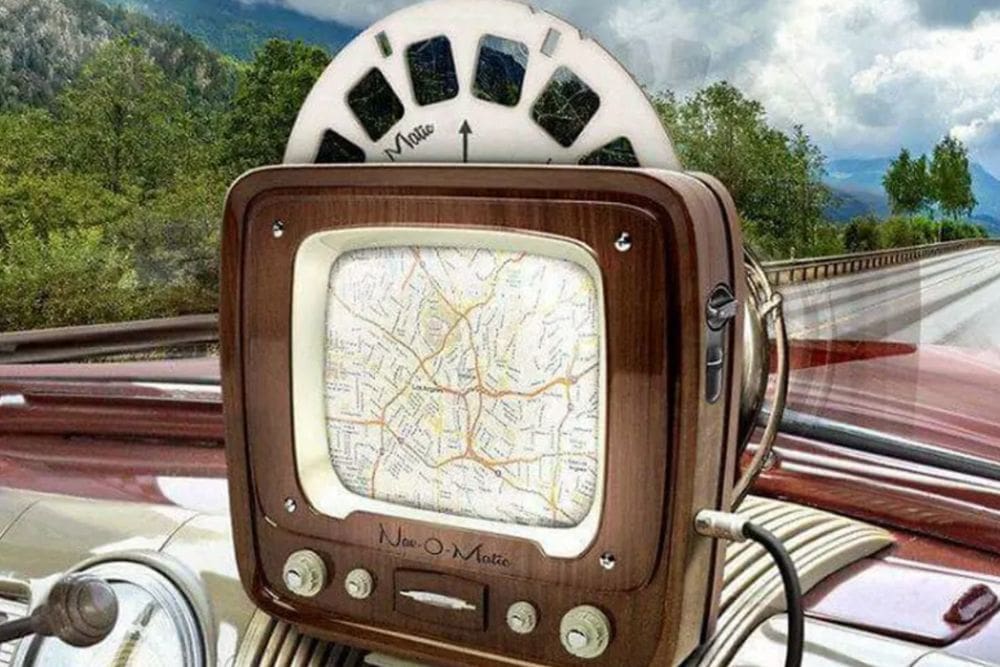
Cynics like to mock a “new idea” as an “old idea” which must have been a “bad idea” if the idea did not come to fruition when originally proposed. But such cynicism ignores the fact that the “old idea” may not have been been technically possible when first suggested. Heavier-than-air flight would be the best example, but there must be countless more. So it is irrelevant whether an idea like Oasis Cities was first postulated by the Ancient Greeks, the Aztecs, or even HG Wells (who may have been the first to conceptualise the idea of “3D cities”, although predictably (yawn) he portrayed them as dystopian places run by tyrants..!)
Oasis Cities will embody the best aspects of many ideas – some old, some new, some cherished, and many even true..!
- Paolo Soleri’s ARCOLOGIES
- Ebenezer Howard’s GARDEN CITIES
- Paul Romer’s CHARTER CITIES
- Israel’s KIBBUTZIM
- INTENTIONAL COMMUNITIES
- Walled & Moated MEDIEVAL CITIES
- GATED SUB-DIVISIONS
- CRUISE SHIPS
- RESORT HOTELS
[stextbox id=”info”]But all these “old ideas” have critical drawbacks
ARCOLOGIES – A term coined by Paolo Soleri, “the most famous architect who never built anything” according to his critics. The intricately hand-drawn gargantuan structures depicted in his magnum opus – “Arcology: the City in the Image of Man” (MIT, 1969) – would have taken decades to build and would have been financially, if not technologically, impractical. However there is no rule which says that an Arcology – in order to be considered an Arcology – must house hundreds of thousands beneath a single enormous roof. An Oasis-City, which could begin life as a single “stand-alone” habitat, could later be augmented with the addition of extra modules. An Oasis-City of 800,000 might therefore consist of 100 individual modules – each one a community in its own right. This would be a huge advance on sprawling OB-Cities composed of tens or hundreds of thousands of buildings of many different sizes and purposes and build quality.
GARDEN CITIES – According to Wikipedia, Howard’s idealised Garden City would house just “32,000 people on a 9,000 acre (3600 hectare or 36km2) site”. By urban standards this is an extremely LOW pop’n density of 900/km2, an even lower density than most villages. To put that into perspective, if Greater London (1580 km2) was entirely composed of GC’s its population would be just 1,4m (as opposed to the 2021 estimate of 8,8m). This would mean that a London composed of Garden Cities would need to be more than 6x larger – and sprawl to almost 10,000 km2, or 4 average-sized counties – to contain its present population.
Some politicians and planners have recently been calling for a revival of the Garden-City idea. Given the enormous cost of land today, these would no doubt be much more densely-populated than the original, but since the very term implies a lot of green space they would be very car-dependent. Oasis-Cities would also have a lot of green space, but would not need any cars.
For an additional perspective see the article on POUNDBURY
CHARTER CITIES – with his concept of new city-states (a la Hong Kong) on land leased from 3rd World countries, e.g., in Honduras, World Bank economist Paul Romer appears to advocate “open borders” which, imo, would sow the seeds of their downfall..!
KIBBUTZIM – although not as “communal” as they once were, the kibbutz lifestyle is not for most people. Kibbutz populations tend to be hundreds rather than thousands, thus limiting a young persons chances of finding a suitable partner. Salaries are also low, so they constantly lose young residents to the pull and attractions of the big city.
INTENTIONAL COMMUNITIES – most are in the U.S and tend to cater to specific religious groups or hippy types.
ORANIA (S. Africa) – is a “privately-owned” township founded in 1991 misleadingly (and maliciously) claimed to be for “whites only”. It is true that only white Afrikaners live there, but why would a black African or, for that matter, an English-speaking white South African want to live in a town specifically intended to preserve Afrikaner culture?
Read my opinion-piece HERE.
MEDIEVAL CITIES – were very compact and citizens could live and work within easy walking distance. Surrounded by walls and often built on river bends, they offered protection from invaders and brigands, but were over-crowded and insanitary.
CRUISE SHIPS – offer a seductively carefree lifestyle for holidays, but are totally dependent on outside resources and supplies – fuel, food and energy in particular. If private enterprise can afford to build enormous floating cities for 6000 passengers (plus 2000 crew) – think how much simpler and cheaper it would be to build compact (yet much more spacious) non-floating cities..? A large portion (perhaps 50%?) of the cost of giant cruise ships lies in their powerful engines, navigational equipment, desalination plants, crew accommodation, lifeboats and other safety and “unsinkability” features, etc. None of these costs would be necessary in land-based OA-Cities.
RESORT HOTELS – offer a similar all-inclusive holiday experience as cruise ships but with more spacious accommodation and bigger swimming pools.